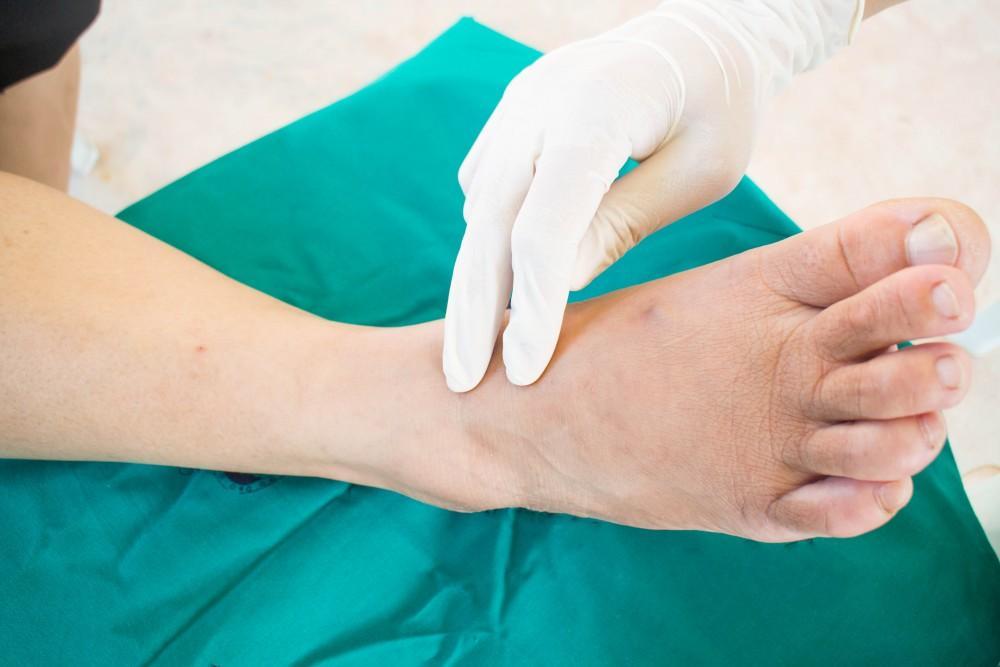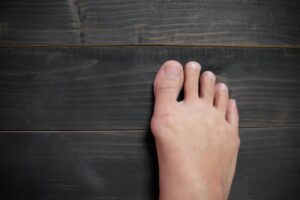Managing Charcot Foot: 3 Nonsurgical Treatment Options

Without treatment, one of the foot and ankle conditions with the greatest potential for severe complications is Charcot foot. In its worst form, Charcot foot can cause foot deformities that make it difficult to impossible to stay mobile.
Thankfully, podiatrists Ryan Golub, DPM, and Zachary Flynn, DPM, AACFAS, from Arizona Foot Health in Phoenix, Arizona, can often manage your condition and prevent the worst with noninvasive, nonsurgical treatment. Find out three of the most effective nonsurgical treatments available for Charcot foot.
How does Charcot foot impact your foot?
Charcot foot causes your feet to slowly develop damage in the ligaments and bones due to long-term nerve damage, usually caused by peripheral neuropathy. You won’t necessarily feel pain from the initial damage, especially if your feet have reduced sensitivity from having peripheral neuropathy.
With time, the damage from Charcot foot can cause fractures in your bones. These fractures cause your foot to lose shape and deform, with the severity worsening the longer you go without treatment.
Top 3 nonsurgical treatments for Charcot foot
If caught early enough, our providers can reverse Charcot foot damage and prevent additional problems. They might recommend these three treatments.
1. Immobilizing your foot
In the initial stages of healing, your foot needs time to heal. The easiest way to do this is to prevent your foot from moving and minimize any weight bearing.
Our team creates a custom cast that keeps your foot from moving around. As your foot changes shape and starts to swell less, they might create new casts or change to having you wear a brace or splint.
In addition, our team removes any strain on your foot by having you use crutches, a walker, or a wheelchair to get around. As your foot heals, you can usually start to slowly add more weight-bearing activities into your routine.
2. Custom footwear
You might not be able to wear traditional shoes because your foot is deformed and swollen. Diabetic shoes and other prescription shoes are a more comfortable and supportive choice.
Our team might also recommend custom orthotic inserts for your shoes. These can help relieve the stress on deformed bones and ligaments and make mobility more comfortable.
3. Modification of activities
Changing the quantity and type of activities you participate in is part of your initial healing and long-term management of Charcot foot. Once your foot is no longer fully immobilized, our team might have you start walking with assistance, such as a walker or a removable brace.
Our team gives you guidelines for how long you can safely walk or stand on your foot during recovery. You might need to switch to a kind of exercise that doesn’t directly put weight on your foot.
Regular monitoring is an important part of making sure the activities you’re doing are safe for your foot. Our team can change the recommendations based on your foot’s condition to prevent further problems.
With patience and time, nonsurgical treatments can heal your foot. If you have severe Charcot foot or don’t respond to nonsurgical treatment, our team can also perform surgery to reconstruct and save your foot.
If you’ve been diagnosed with or are displaying symptoms of Charcot foot, contact us as soon as possible to discuss the best treatment options.
You Might Also Enjoy...
The Achilles Heel
Given Arizona’s climate, patients are able to remain active year round. It’s why we all chose to live here. But…
Alleviating Back Pain and Other Benefits of Custom Orthotics You Didn’t Know About
Would you ever imagine that custom foot orthotics could improve your quality of life? That’s what many people say after…
9 Helpful Tips to Prepare Your Home Before Bunion Surgery
When moderate interventions, such as wearing wider shoes or using pads in your shoes, fail to ease your bunion pain…
When Should You Go to the Doctor for an Ingrown Toenail?
In most cases, you can nurse an ingrown toenail at home with over-the-counter pain medication, topical antibiotic creams, and soaking…
6 Home Exercises to Keep Your Ankles Strong
Ankles that feel wobbly and weak are vulnerable to injury. If you play sports, run, jump, or just walk often,…
Is Surgery My Best Option For Treating Bunions?
You have a bunion and it isn’t pretty, but if your bunion is small enough, or doesn’t hurt, you may…






